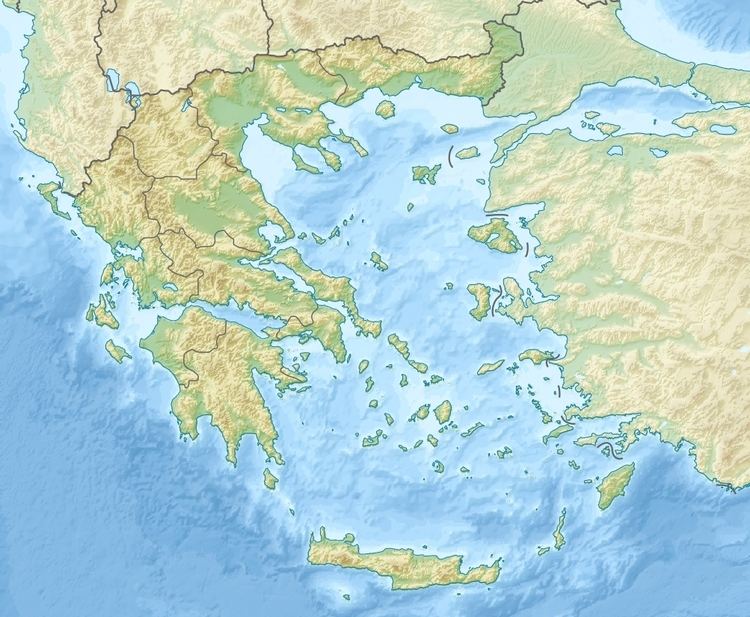Magnitude ~8 Max. intensity IX (Violent) Date 8 August 1303 | Tsunami yes | |
 | ||
Similar 2008 Peloponnese earthquake, 226 BC Rhodes earthquake, 2014 Aegean Sea Earth, 365 Crete earthquake, 1999 Athens earthquake | ||
1303 crete earthquake
The 1303 Crete earthquake occurred at about dawn on 8 August. It had an estimated magnitude of about 8, a maximum intensity of IX (Violent) on the Mercalli intensity scale, and triggered a major tsunami that caused severe damage and loss of life on Crete and at Alexandria.
Contents
Tectonic settingEdit
The Hellenic arc, the most likely location for this earthquake, is an arcuate tectonic feature related to the subduction of the African Plate beneath the Aegean Sea Plate. It is one of the most active seismic zones in western Eurasia and has a history of large earthquakes that also affect Egypt.
DamageEdit
The earthquake and the tsunami are recorded as having a devastating impact on Heraklion, Crete. Detailed information is available from reports made by representatives from Heraklion (then Candia) to the controlling Venetian administration, written on the day of the earthquake and twenty days later. They describe the extent of damage to the main public buildings of Candia and castles over the whole island. The reports also mention that most of the victims were women and children, without giving numbers. There was also massive flooding at Alexandria. Many ships were destroyed, some of them carried up to 2 miles (3.2 km) inland. The port city of Acre, on the Levantine coast, was also affected; buildings were destroyed and people swept to their deaths.
In Egypt the earthquake caused severe damage in Cairo, dislodging much of the Great Pyramid's white limestone casing and toppling minarets on many mosques. In Alexandria the city walls were mostly destroyed and the lighthouse was badly damaged.
EarthquakeEdit
The location of the epicenter is uncertain although it is generally agreed that it ruptured the eastern segment of the Hellenic arc somewhere between Crete and Rhodes. The earthquake caused damage over a wide area including Crete, the Peloponnese, Rhodes, Cairo, Acre, Damascus, Antioch and Cyprus and was felt as far away as Constantinople (1,000 km (620 mi)) and possibly Tunis (1,500 km (930 mi)). The magnitude is uncertain but is considered to be about 8.0.
TsunamiEdit
Modelling of the tsunami predicts a maximum 9 m run-up at Alexandria and suggests that there was about a 40-minute gap between the earthquake and the arrival of the first wave in Egypt.
